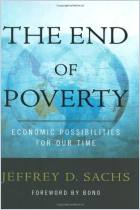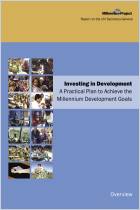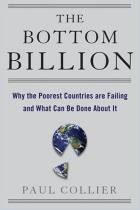
Recommendation
Economists Maxim Pinkovskiy and Xavier Sala-i-Martin make the contrarian but compelling argument that Africa’s economies have been improving since the 1990s and that the continent’s extreme poverty is lessening. Intriguingly, they analyze African nations in terms of their European colonizers, their legacies of slavery, their natural resources and their geographic position, but they cite the standard poverty rates, too. getAbstract recommends this eye-opening report to investors and policy makers seeking insight into African economies.
Summary
About the Authors
Maxim Pinkovskiy is an economist at the Federal Reserve Bank of New York. Xavier Sala-i-Martin is a professor of economics at Columbia University.




















Comment on this summary or 开始讨论